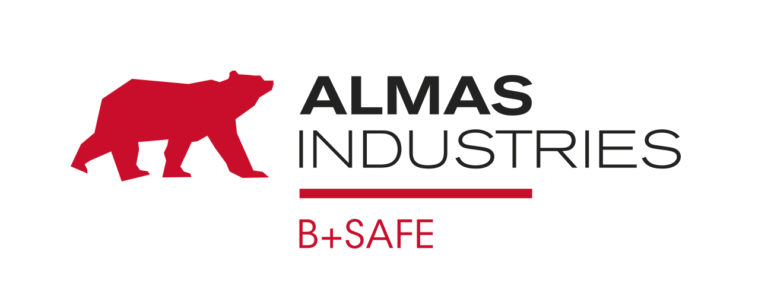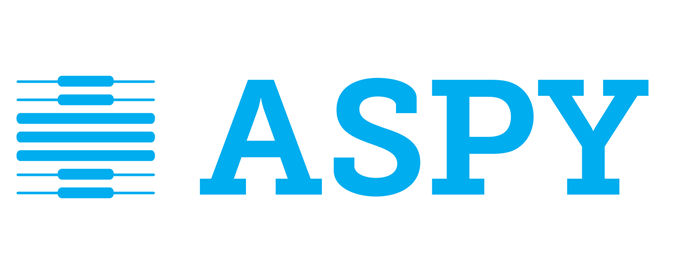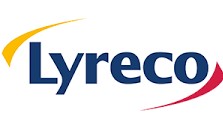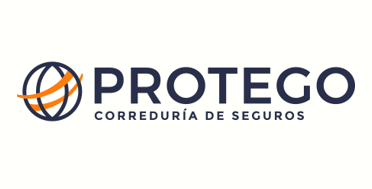We are all aware that water is a scarce commodity and that good management is essential to guarantee sustainable use, say COTANCE, The Confederation of National Associations of Tanners and Dressers of the European Community, the European tanning association. The European tanning industry, which requires water to produce leather, takes this issue very seriously, they say.
Optimization of water use
The tanning process borrows a certain volume of water and purifies it after use before returning it to nature. The skins are first rinsed and, once clean, free of mud, manure and hair, they are tanned and dyed. It is necessary to optimize the use of water and guarantee its adequate treatment after each of these processes.
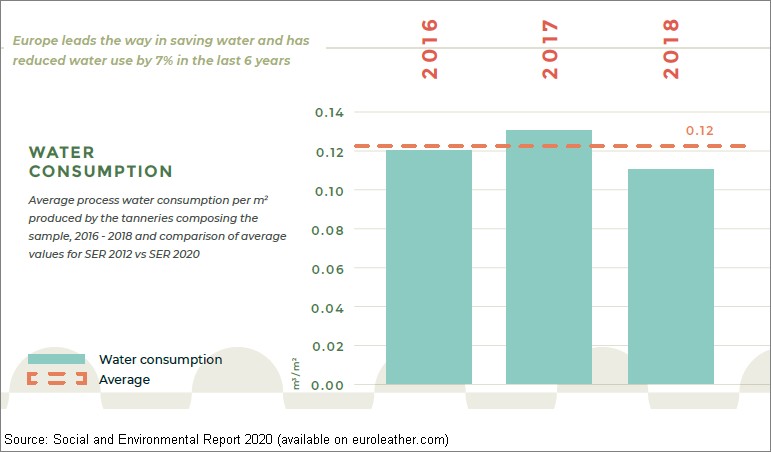
Thanks to the sound environmental practices of the European tanning industry, accredited by well-known audits and progress guidelines in wastewater treatment, the quality of the water returned to the environment is constantly increasing and always meets at least the legal requirements for discharge to the environment. environment.
In Europe, wastewater from tanneries is treated to very high standards. Its common effluent treatment plants (CETP) show technical excellence.
Some examples
For example, Italy, with CETP in the Tuscany, Veneto or Campania tannery clusters, has become an international benchmark for water management and treatment in tannery industrial districts.
Another example is the Portuguese tanning district of Alcanena, which separately collects tanning baths from associated tanneries to recycle residual tanning agents.
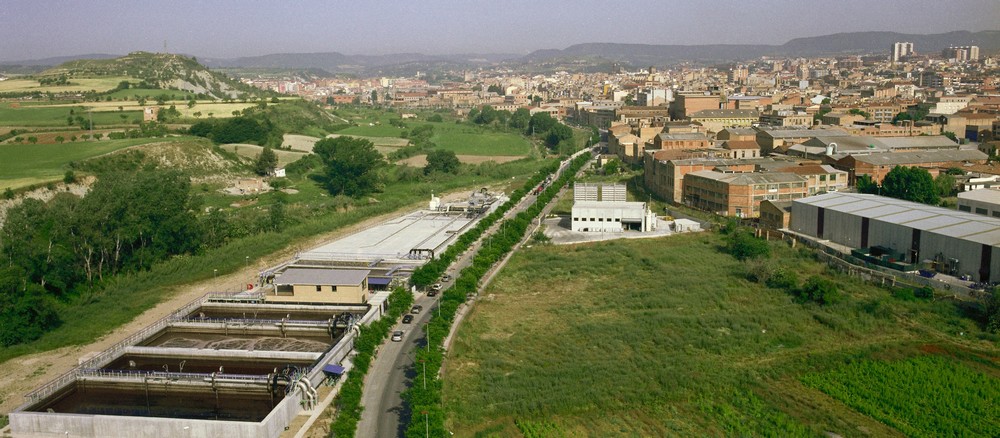
A Spanish example is the treatment plant Igualadina Depuració i Recuperació S.L. (IDR). IDR (image above) treats the water of 28 tanneries in Igualada (associated with the Spanish Leather Association, ACEXPIEL and the Barcelona Leather Cluster), as well as part of the local urban wastewater and that of other industries. At the end of the innovative biological system, it leaves the water in conditions comparable to domestic wastewater, which is, in a later step, sent to a municipal wastewater plant, guaranteeing an adequate return to the environment.
Aligned with the SDGs
Due to its unique characteristics, this CETP has been the subject of international recognition, as a case study in a UNEP seminar, organized for advisers to Ministries of the Environment, and the focus of a Global Water Intelligence report, a benchmark for the water industry.
Perfectly aligned with the United Nations Sustainable Development Goal 6 (clean water and sanitation), European tanners are decisively moving towards higher sustainability standards.
OTHER COTANCE INFORMATION
- Manuel Ríos, nuevo presidente de la Confederación de Asociaciones de Curtidores Europea, COTANCE
- El sector textil de la piel pide más ayudas para una transición más verde y digital
- Aumentar la calidad de la piel: Proyecto Selambq

